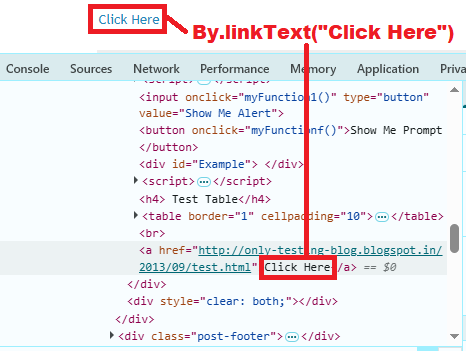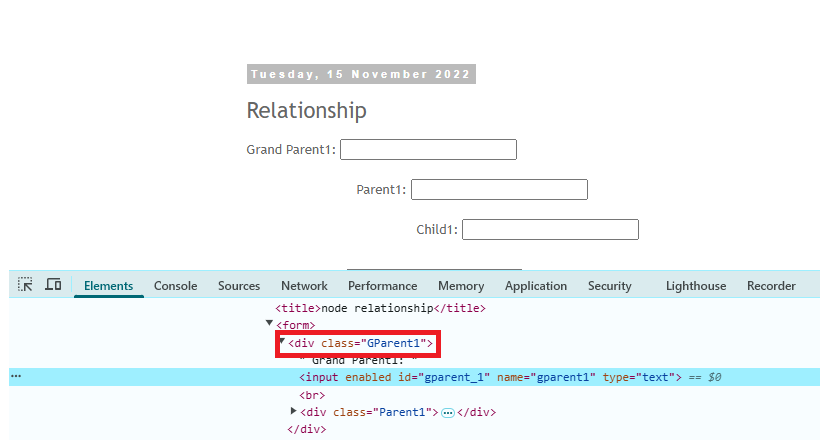Last updated on June 18th, 2025 at 12:22 pm
- SortedSet interface extends Set interface in collection framework of java.
- As name suggest, It provides total ordering on elements of Set.
- Set elements will be ordered using their natural ordering or using a comparator interface.
- All the elements entries of SortedSet must implement Comparable interface.
- All the elements of SortedSet must be comparable. So e1.compareTo(e2) must not throw ClassCastException.
- In collection framework, TreeSet class is an implementation for the SortedSet interface.
Few important and useful methods of SortedSet Interface are as bellow.
- Comparator comparator( ) : It will return the comparator which is used to order the elements in invoking set. If elements of set are ordered using natural ordering then it will return null.
- Object first( ) : It will return the first element from the set.
- SortedSet headSet(E toElement) : It will return those elements from SortedSet which are strictly less than toElement. toElement will be not included.
- Object last() : It will return current last element from the set.
- SortedSet subSet(E fromElement, E toElement) : It will return set of elements from SortedSet starting from fromElement to toElement. fromElement will be included but toElement will be excluded.
- SortedSet tailSet(E fromElement) : It will return set of elements starting from fromElement.
Usage of above SortedSet methods is described in below given example.
SortedSet Example :
package JAVAExamples;
import java.util.Iterator;
import java.util.SortedSet;
import java.util.TreeSet;
public class SortedsetInterface {
public static void main(String[] args) {
// Create the sorted set.
SortedSet<String> s = new TreeSet<String>();
// Add items to the sorted.
s.add("New York");
s.add("Delhi");
s.add("Tokyo");
s.add("London");
s.add("Mumbai");
s.add("Chennai");
// Iterate over the elements of set and print.
Iterator<String> it = s.iterator();
System.out.println("SortedSet Items are : ");
while (it.hasNext()) {
Object element = it.next();
System.out.println(element.toString());
}
//Get first item from set.
System.out.println("First item in set : "+s.first());
//Get last item from set.
System.out.println("Last item in set : "+s.last());
// Using subSet method to get items from given FROM and TO elements of set.
// TO element will be excluded.
System.out.println("subSet items between Delhi and New York : " + s.subSet("Delhi", "New York"));
// Using headSet method to get heading items from given item.
System.out.println("headSet from London : " + s.headSet("London"));
// Using tailSet method to get tailing items from given item.
System.out.println("tailSet from London : " + s.tailSet("London"));
// Check which comparator is used to sort elements.
// If return null then it has used natural ordering.
System.out.println(s.comparator());
}
}Output :
SortedSet Items are :
Chennai
Delhi
London
Mumbai
New York
Tokyo
First item in set : Chennai
Last item in set : Tokyo
subSet items between Delhi and New York : [Delhi, London, Mumbai]
headSet from London : [Chennai, Delhi]
tailSet from London : [London, Mumbai, New York, Tokyo]
null



